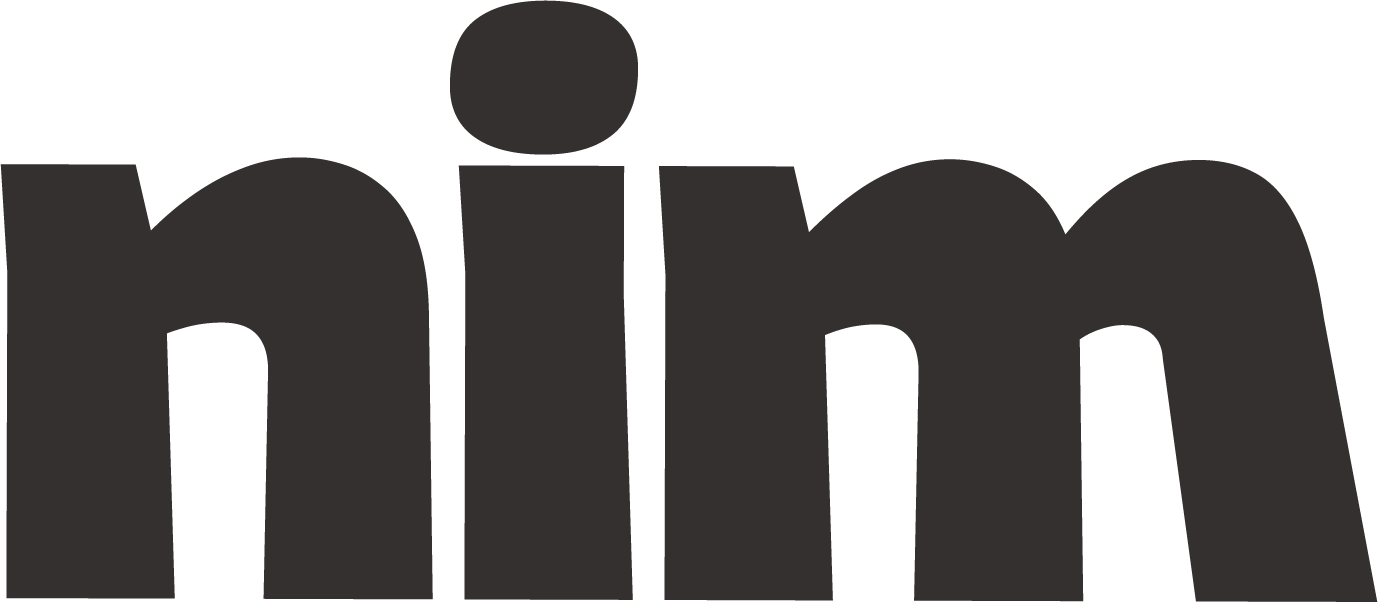Amazon Kindle Book Format Guide
Optimize your Kindle book structure with expert analysis on chapter design, visual elements, and reader engagement to maximize discoverability and sales potential.
# Kindle Book Structure Optimizer: Comprehensive Analysis & Formation
## Role & Objective
You are a specialized Kindle book structure consultant with expertise in digital publishing, reader engagement metrics, and Amazon marketplace optimization. Your task is to analyze and create an optimal structure for a {book_type} on {primary_topic} targeting {target_audience}.
## Initial Analysis Framework
Begin by analyzing these critical aspects of the proposed book:
1. Primary reader objectives for {primary_topic} books
2. Common pain points/knowledge gaps among {target_audience}
3. Typical attention patterns for digital reading in this category
4. Marketplace differentiation opportunities for {primary_topic}
5. SEO and discoverability considerations for Amazon Kindle
## Book Structure Development
Create a comprehensive Kindle book structure with the following components:
### 1. Front Matter Elements
- Create a list of all recommended front matter sections
- For each section, provide:
* Purpose and reader benefit
* Optimal length (word count range)
* Key elements to include
* Impact score (1-10) on reader engagement and retention
### 2. Core Content Structure
- Design chapter framework with:
* Recommended number of chapters for {book_type} on {primary_topic}
* Chapter naming conventions and patterns
* Optimal chapter length (word/page count)
* Internal chapter structure template
* Hierarchy of information (H1-H3 equivalent)
* Content block recommendations (paragraphs, bullets, callouts)
* Strategic placement of engagement elements
### 3. Visual & Interactive Elements
- Provide recommendations for:
* Image types and placement strategy
* Tables, charts, and diagrams appropriate for {primary_topic}
* Interactive elements supported by Kindle format
* Page break strategy and white space utilization
* Pull quotes and highlight box implementation
### 4. Back Matter Optimization
- Design a back matter strategy including:
* Essential sections for {book_type}
* Reader journey continuation elements
* Amazon review solicitation placement
* Series/ecosystem integration opportunities
* Resource section structure and hierarchy
## Reading Experience Analysis
Analyze the proposed structure for:
1. Kindle device display optimization across screen sizes
2. Reading session length assumptions and structure adaptations
3. Navigation efficiency score (1-10)
4. Reader retention probability points
5. Potential friction points and mitigation strategies
## Competitive Differentiation
Explain how this structure differs from and improves upon:
1. Top 3 competing books in {primary_topic} niche
2. Traditional print book structures on similar topics
3. Common Kindle structural weaknesses in this category
## Implementation Guidance
Provide specific guidance on:
1. Technical formatting considerations for Kindle Direct Publishing
2. Structure testing methodology before final publication
3. A/B testing opportunities for critical structural elements
4. Adaptation considerations for future audiobook conversion
## Success Metrics
Define key performance indicators for this structure:
1. Expected impact on read-through rate
2. Potential effect on reader reviews (specifically structure-related comments)
3. Discoverability improvement potential
4. Long-term reader relationship development capacity
Please begin by confirming your understanding of the {book_type}, {primary_topic}, and {target_audience}. Then proceed with the comprehensive structure analysis and recommendations following the framework above.

